Ficus Carica Care: [Earth, Strengthening, Humidity and Pruning]
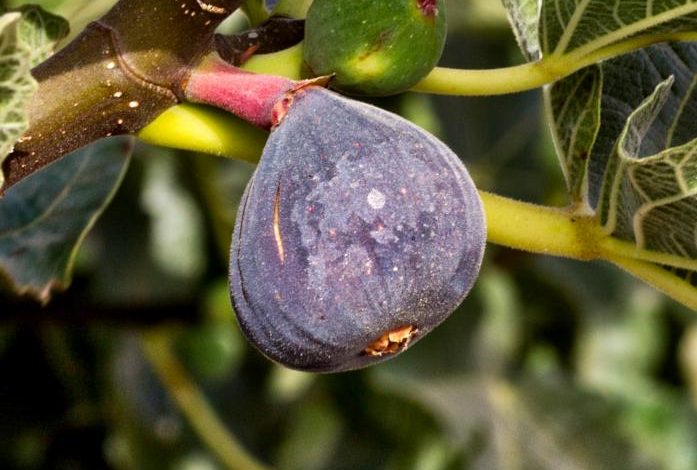
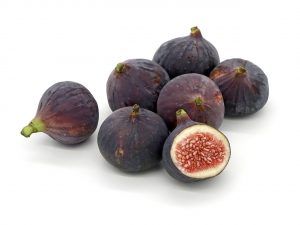 The Ficus carica is the name of a highly appreciated tree due to its unique inflorescences and its false fruits known as figs. It is one of the most important species of its genus.
The Ficus carica is the name of a highly appreciated tree due to its unique inflorescences and its false fruits known as figs. It is one of the most important species of its genus.
If you are interested in growing it, we invite you to read this brief guide where we share the main ficus care. We hope you find it useful.
What land needs does the ficus carica have?
 The ficus is undemanding regarding the type of soil. However, it has a preference for sandy loam to clay loam soils.
The ficus is undemanding regarding the type of soil. However, it has a preference for sandy loam to clay loam soils.
Which must be deep, permeable, well drained and rich in calcium. As such, soil pH should be in a range between 6.0 and 8.5, with its optimum level being between 8.0 and 8.5.
Likewise, it has a medium tolerance to salinity, with an electrical conductivity (EC) limit of 4.20 dS/m.
Sandy, light and highly acidic soils should be avoided since they induce earlier harvesting and reduce the sweetness of its fruits.
How to make the ficus carica grow strong and vigorous?
The Ficus carica is a species that adapts easily and does not need special care. However, below we share some aspects related to its cultivation so that it grows strong and vigorous.
Temperature
Ficus cultivation is located in regions where the winter is mild and the summer is hot, with little rainfall. As such, a mean annual temperature of 17°C to 19°C is required, with the optimum temperature for photosynthesis being 25°C.
Although it adapts easily, it is recommended to take care of it from the thermal thresholds where this fruit tree can suffer irreversible effects. Between these limits are temperatures below -12°C or above 37.7°C.
Lightning
Light is an important element in ficus care as it affects the sugar content of the fruit, as well as the development of the leaves. Therefore, it is recommended to locate it in well-lit areas, with an intensity of about 40 Klux.
It is important not to expose it to direct sunlight for much of the day, as it is susceptible to burns on young specimens and branches of adult trees with a heavy load of fruit.
Wind
Due to the distribution of its roots and the lack of support structures, it is easy for the mechanical action of the wind to easily break the young branches of the ficus and overturn it.
For that reason it is necessary to locate it in areas protected from strong wind currents.
Fertilizer
Fertilizer needs in ficuses are scarce. However, the contribution of organic matter through the incorporation of green manures is recommended in order to improve the availability of nutrients, regulate soil temperature and promote root development.
In conventional plantations, manure of 50 kilograms per tree is usually carried out, or an NPK 15-15-28 fertilizer is applied. Other farmers put iron chelates in early spring, at normal concentrations of 6%, 40 or 50 grams per tree.
What humidity does the ficus carica need?
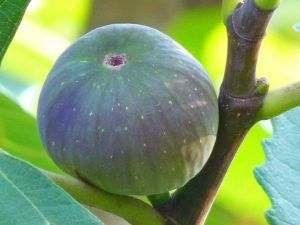 It has a great tolerance to lack of water, having the ability to survive droughts in areas with semi-arid climates.
It has a great tolerance to lack of water, having the ability to survive droughts in areas with semi-arid climates.
However, under these conditions the tree produces smaller leaves and fruit production decreases drastically.
Due to the above, it is recommended to cultivate ficuses in regions with a range of 700 to 800 millimeters of water per year.
Paying special attention during the stage of vegetative development, which corresponds to the spring and summer season. If rainwater is not enough, additional irrigation should be applied, which must be stopped at the end of July or beginning of August.
Is it necessary to prune ficus carica?
Pruning is one of the ficus care that is most important in training and productivity. Through pruning, the production of quality fruits is encouraged, fructification is regulated, the size of the branches is regulated and the lighting of the tree is favored.
How often should we prune the ficus carica?
There are 3 types of pruning for the ficus: training, production and rejuvenation. In the first case, it is practiced to obtain a tree less than 3 meters high and facilitate its handling. This measurement must be carried out before the beginning of autumn.
In the case of production pruning, it is practiced by eliminating dry branches and suckers to maintain the shape and number of productive branches. This must be done during the winter, in the months of December to January.
Rejuvenation pruning should be done gradually, over several years of consecutive work, removing thick, bare and deciduous branches.
How to prevent the appearance of pests and diseases in the ficus carica?
Generally, the ficus does not present serious problems, unless it is intensive cultivation. However, it can be affected by some conditions, diseases and pests.
In the case of diseases, it can suffer from rottenness of the root system caused by the fungi Cerotelium fici, Gleosporium fructigenum, Alternaria, among others.
To prevent its appearance, it is suggested to avoid compact or easily flooded land, clean and disinfect work tools, eliminate infected trees and carry out the appropriate treatments for its control.
With regard to pests, there are fruit flies, scales, mealybugs, borers, caterpillars, nematodes, among others. To prevent them, it is recommended not to leave very ripe fruits on the plants and remove those that have fallen.
Conclusions
The Ficus carica is a tree that is easy to grow as long as the basic requirements are met. In fact, it is a good option if you want to put a little life in your garden and enjoy its fruits every season.
We hope that this guide with the care of the ficus allows you to have the bases so that your tree develops its full potential.
Bibliographic references
- https://inta.gob.ar/sites/default/files/el_cultivo_de_la_higuera.pdf
- http://ri.uaemex.mx/bitstream/handle/20.500.11799/32358/ZumpangoGutierrezLi%F1an16.pdf;jsessionid=16D87193289F0B649BDD5B1B4B506785?sequence=1
- http://www.conabio.gob.mx/tecnología/info_especies/arboles/doctos/50-morac5m.pdf
- http://193.147.134.18/bitstream/11000/4945/1/HIGUERA.pdf
Maybe you are also interested in:

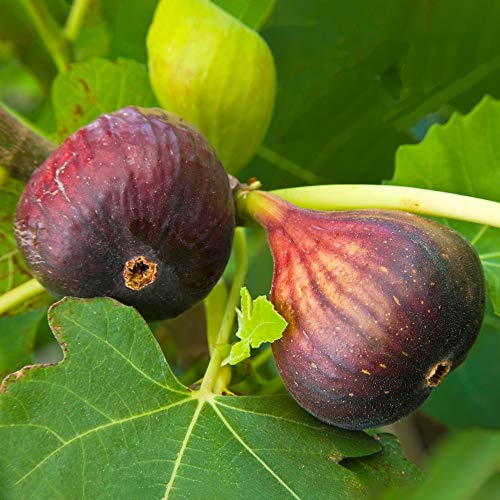
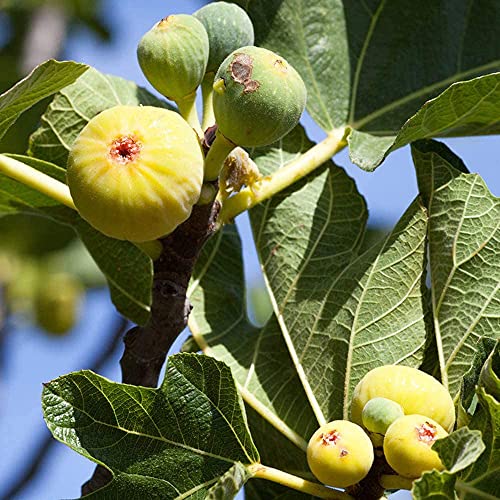
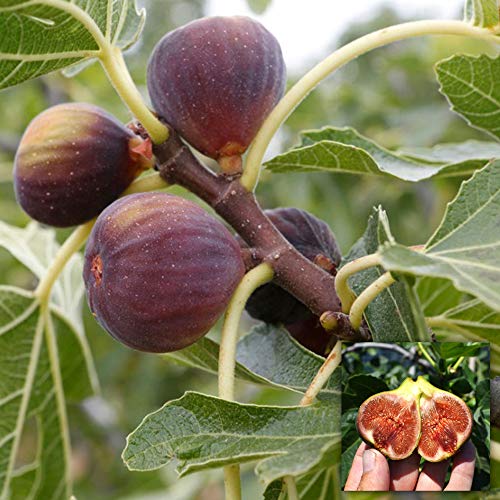
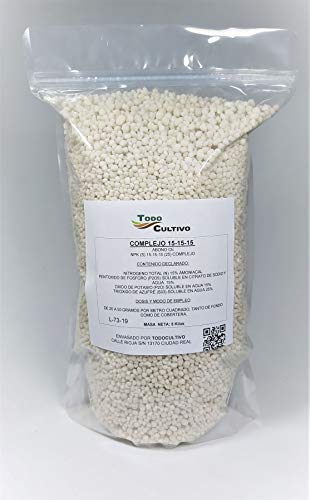
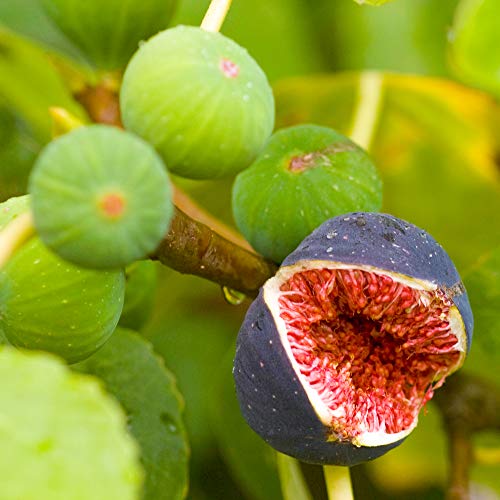
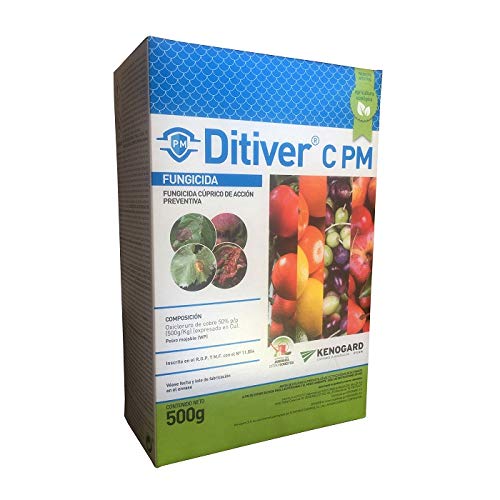
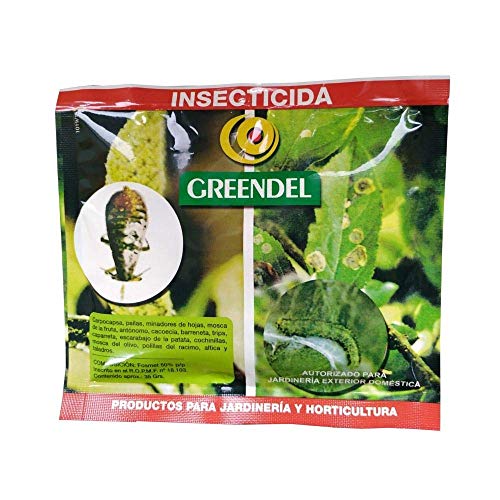
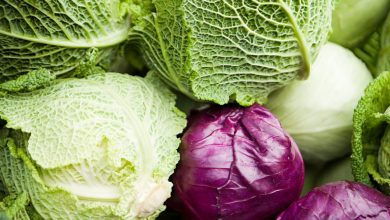
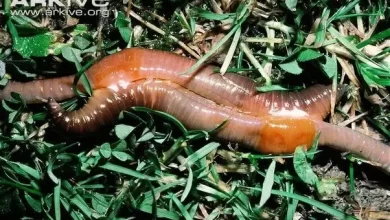

![Photo of How to Plant Jujube: [Complete Guide]](https://www.complete-gardening.com/wp-content/uploads/2022/08/how-to-plant-jujube-complete-guide-390x220.jpg)